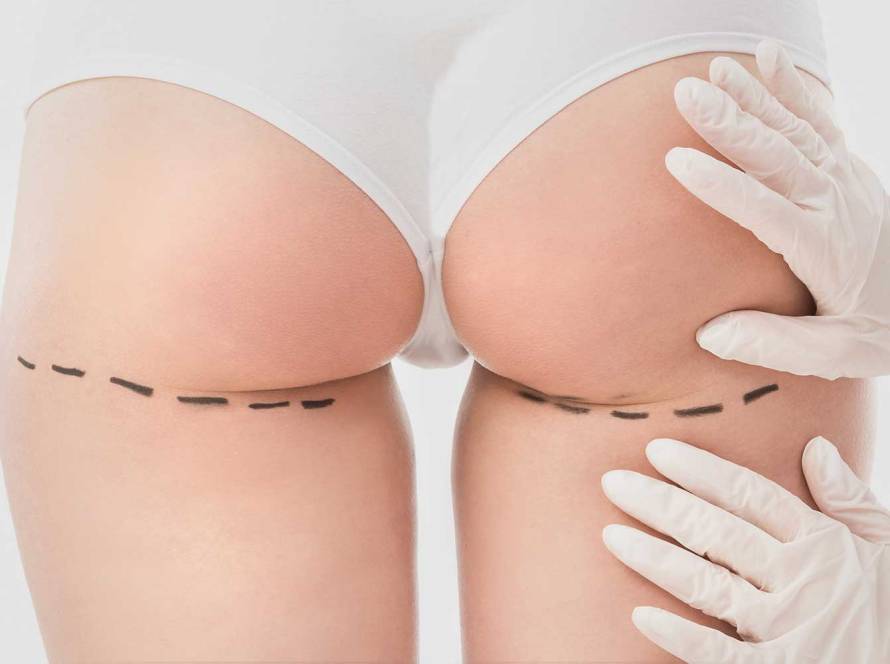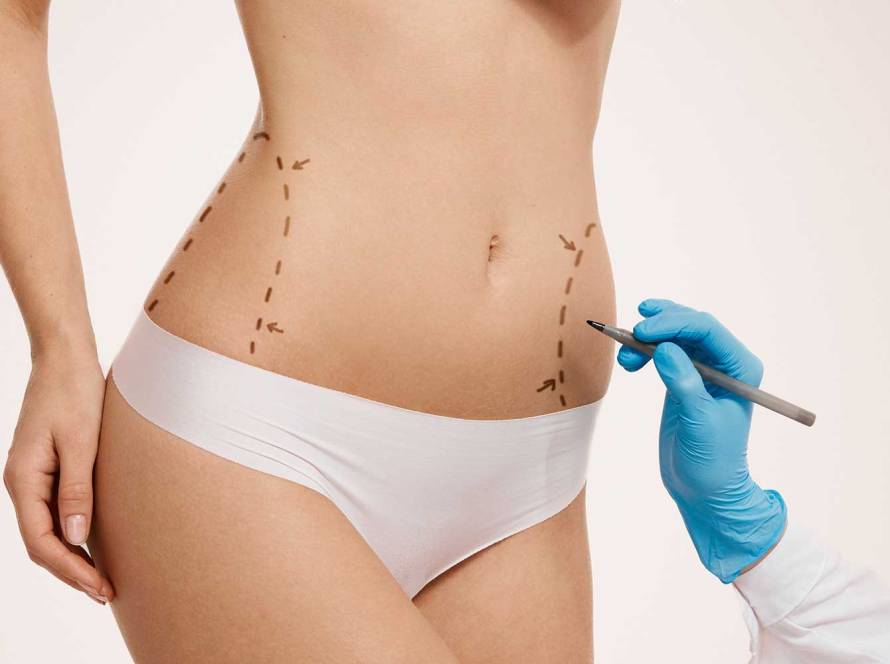Tummy tuck surgery (Abdominoplasty) is an operation to tighten the abdominal wall muscles along with the removal of excess skin and fat tissues in the abdomen.
During pregnancy, loosening of the muscles surrounding the abdominal wall, sagging and cracks in the abdominal skin may develop. Although the abdominal wall returns to its original state in some people after birth, most people do not fully return to its original state and looseness continues. In addition, with the advancement of age, fat accumulates in the abdomen. Although there is some reduction in fat tissue with the regional thinning methods of doing sports, the looseness in the abdomen may continue.
Anesthesia
General
Operation
2-3 Hours
Recovery Time
1-2 week
Final Conclusion
3-6 Months
Pain
Medium
Good results can be obtained with mini tummy tuck or liposuction in people who do not have sagging and cracks in the abdominal wall. However, the best method for people with severe skin sagging and abdominal wall laxity is tummy tuck surgery.
In tummy tuck surgeries, the scars extend to both sides at the level of the cesarean section scar. The length of the trace depends on the looseness of the abdomen. Extending the permission for the removal of cracks in patients with excessive cracks provides better results.
It is generally recommended that tummy tuck surgeries be performed after pregnancy and delivery. In case of pregnancy after tummy tuck surgery, the abdominal wall muscles and skin can still be deformed. It is generally accepted not to become pregnant for at least 2 years after tummy tuck surgery.
Since the abdominal skin thickness and subcutaneous adipose tissue are high in overweight patients, it is not possible to stretch the skin as much as normal weight patients, and good results cannot be obtained as in normal weight patients. For this reason, if a person who is scheduled for tummy tuck surgery is overweight, it is preferable to lose weight and fall back to his ideal weight. In addition, wound healing problems (oil flows from the suture line) are more common in overweight patients.
One of the factors that most negatively affect wound healing in abdominoplasty is smoking. It is recommended that patients quit smoking preferably 3 weeks before surgery. In case of not quitting smoking, healing problems in the stretched abdominal skin are common.
Abdominoplasty operations are performed under general anesthesia and take an average of 2.5-3 hours. The patient can usually return home after one day in the hospital. In the surgery, drains are used to drain the blood and fluids accumulated under the abdominal skin. Drains are removed in 2-3 days. The abdomen is usually not sutured from the outside. Thanks to the tapes applied on the seam, dressing is not required. Tapes are usually removed one month later.
In order to reduce the load on the suture lines in the first week after tummy tuck surgery, it is recommended to bend over and walk. It is considered normal for some melted fat and body fluids to flow from the suture line after the surgery and to open stitches in small areas. This condition will heal on its own with daily dressing.
The scar of tummy tuck surgeries is permanent. However, it is a trace that can be hidden in underwear. This scar is more red and prominent especially in the first months. In a period of 8 months to 1 year, the scar fades and approaches the skin color.
The patient can return to his normal life within 2-3 weeks after the surgery. After the second week, light exercises are recommended, but heavy exercise and sports should be avoided for 3 months.








